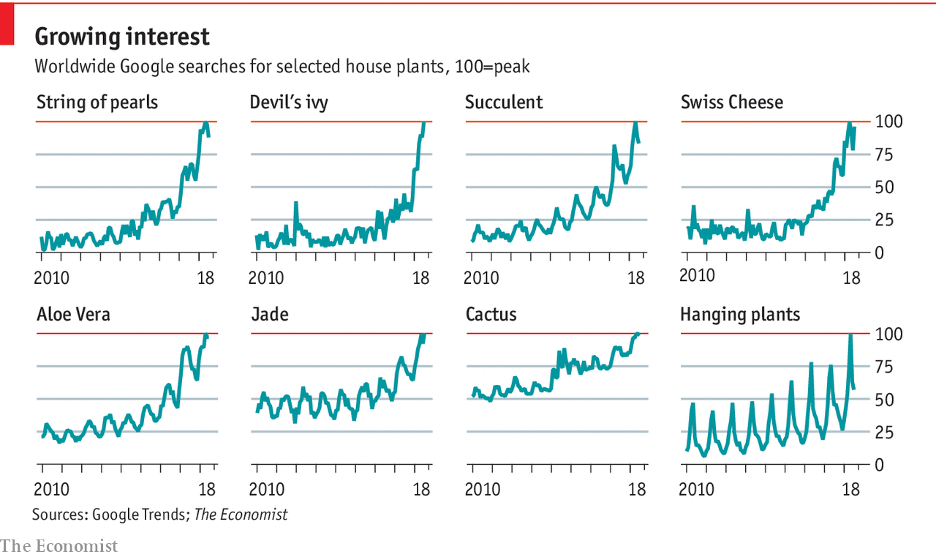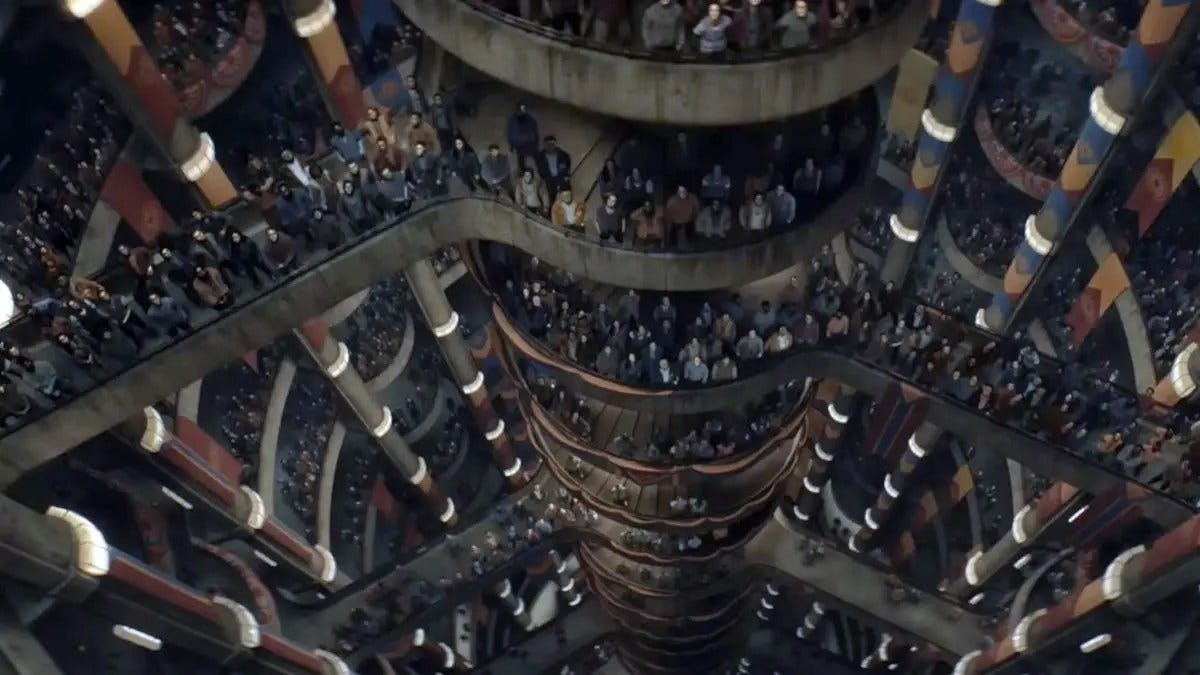Biodiversity Loss & Colour in Society
Colour is powerful. It affects the way we feel both emotionally and physically and thus has importance in the world through nature and creativity. A colour can instantly identify a business, exert a feeling or even be associated with a taste. Cadbury’s purple for example makes me want chocolate!
The use of colour for brands is vital to attract audiences and stand out from competitors, yet we’re moving in the direction where colour is reserved only as a mechanism to drive sales and profits. Products themselves over the years have moved towards minimalistic blacks, greys, and whites, made from cheap plastics derived from oil, that have now infiltrated our food chain.
Nature POsitive
For our work on the Nature Positive campaign for our client Nature4Climate around COP28, I wanted to explore how we can change the way businesses think and create a shift to a Nature Positive attitude.
Our Nature Positive communications are built around Professor Miles Richardson’s ‘Biodiversity Stripes’. The graphic tracks biodiversity loss from 1970-2022 in the form of stripes that go from green to grey.
To change the narrative for Nature Positive, we flipped the stripes to convey looking into the future, reversing biodiversity loss and eventually leading to biodiversity gain.
Living Planet Index database 2022.
The stripes in reverse.
A DYSTOPIAN OUTLOOK
Whilst looking into the nature stripes, and pondering new ways that we could implement them at COP28, I started to think about what the world would be like without nature, without the vital flora and fauna, colours, sounds, textures and carbon locking phenomena.
In my research I came across a campaign commissioned by the Netherlands' Ministry of Foreign Affairs, Publicis Amsterdam, and Neverland. They created an online store based on a world where the water crisis has progressed to dire levels. Playing on the modern e-commerce mechanic of drop shipping, the store ‘sold’ products as though water was severely scarce.
A 25g salmon cubegram for $519… A 35g Angus Beef cubesteak for $2499 (down from $2799 mind!). Each product beautifully crafted with photography, descriptions, nutritional facts and graphic details, to throw the viewer into a sense of emotional despair. The Drop Store successfully gives a visual taste of the dystopian world we are heading towards if we continue to put profits over people and neglect our water supplies.
What would the world be like in a biodiversity crisis?
The biodiversity stripes are connected to the climate crisis and entwined with the global water crisis. So how can we change the way people think about nature to ensure we do not end up with sites like The Drop Store in the future?
Prof. Richardson’s stripes data starts from the 1970s. What was colour in society like then? It was far more colourful, that’s for sure!
Mapping this onto the nature stripes, a distinct loss of colour is visible in the modern day world we live in. Our homes and flats are differing shades of greys, compared to rooms bursting with colour just a few decades ago.
Is this move away from a colourful world indicative of what is actually happening in our environment and connected with the loss of nature?
From a man-made object point of view, Cat Sleeman examined more than 7,000 photographs of everyday objects from the Science Museum Group Collection. In the analysis spanning 200 years, we can see tones of grey becoming more prominent as colour fades over time.
It’s hard to not think there is a connection between biodiversity loss and colour in society.
Is the future, a grey world…?
Are we to live in a world like this…?
Scene from DREDD by VFX artist Neil Miller.
The way colour makes US feel
Colour theory tells us the effects colour has on the way we feel. Greys can have a feeling of stress, fatigue, lead to disturbed sleep, anxiety, depression. Whereas bright colourful hues release dopamine that makes us feel happier!
Greens can evoke pleasure, calm, energy, serenity, good health and relaxation. This is true of how we feel when we are amongst nature. And nature is associated with lower levels of poor mental health, including lower levels of depression and anxiety.
Nature is declining around us, and our man-made world is increasingly grey. At the same time, anxiety and depression are on the rise.
But our connection to nature is deep rooted, and it can have huge benefits on our health. The charity Mind puts it very succinctly:
Spending time in green space or bringing nature into your everyday life can benefit both your mental and physical wellbeing. For example, doing things like growing food or flowers, exercising outdoors or being around animals can have lots of positive effects. It can:
Improve your mood.
Help you feel more relaxed.
Improve your physical health.
Improve your confidence and self-esteem.
Help you be more active.
Help you meet and get to know new people.
Connect you to your local community.
Reduce loneliness.
Help you feel more connected to nature.
Provide peer support.
To me, the decline in nature is evident in society in our collective mood.
So it’s no wonder why we have seen an increase in popularity of house plants! We’re trying to surround ourselves in nature. As our natural forests and parks disappear, along with our dreams of owning an affordable house with a garden amidst the cost of living crisis and global recession, we show a clear desire for nature – by bringing it inside.
How will we experience nature in the years to come?
Well, we have technology for that. Apps that play bird songs - can we get anymore dystopian than that?! We use black out blinds to block out light, and simultaneously use products like Lumie to mimic the sun.
Don’t worry we don’t need nature; we have apps for that… Earth.fm allows audiences to search a world map and play nature sounds from that area. Sounds of the Amazon, bird songs from the Surrey Hills, the sounds of the Wacoyo Indigenous Reserve... These sounds make me feel calm and initially content. But the more I listen, the more I eventually feel sad that these soundscapes will become an archive of what once was.
Recently, the MSQ/Sustain team visited the BBC Earth Experience in London. Though its aim is to raise awareness on the importance of nature and acting on climate change, it was also, as named, an ‘experience’. It’s a visual archive.
Is this how future generations will connect with nature?
BBC Earth Experience. Credit: Rebecca Daniel.
Transport yourself to 2050
Those such as myself, who were privileged to be born in certain geographic locations, have not yet experienced drastic climate events. But they are on their way. At MSQ/Sustain we attributed the heat waves of 2023 as “F**ked at 40”. I spent four days indoors, building contraptions to deflect the heat from entering my house, and when I did venture outside, I hid beneath the natural cooling technology known as... trees. My saviour.
Will our children and grandchildren experience nature only in exhibitions filled with taxidermy of extinct animals, with buttons that play their calls? Will masks be an essential item of clothing? Will they hear the sounds of emergency services as the norm, as forests burn around them?
HOW CAN WE CONVINCE PEOPLE TO THINK DIFFERENTLY?
We find it hard to act, unless we emotionally and psychologically experience an event ourselves. And there are vested interests for many in power to continue to not act. If it were not true, our planet would not be in the position it currently is.
The Indigenous people of the world are experiencing the climate and nature crises already. Lands they once relied upon for life are being taken away in exchange for corporations’ shareholder payouts, driven by over consumption and the desire for instant cheap products.
And we all rely on nature. We need it to survive. We need it for our livelihoods. We need it for our wellbeing.
We need nature so we don’t live like this…
Silo TV series from Apple TV+, based on Hugh Howey’s trilogy Wool, Shift, and Dust.
The feeling of a dystopian world without nature is a golden nugget that we can use to convince people and businesses to think differently and ACT NOW.
By allowing those in positions of power to experience the physical and psychological differences between a world in a nature crisis and a world that is not, through a combination of experiential and multi-sensorial experiences; exhibitions, soundscapes, vibration vests, and even 4D cinema – that is how we can change hearts and minds.
How can we bring more colour into our lives?
Be adventurous in your home decor to brighten up your house, and add a few eco-friendly paints.
Bring colour and nature back to our gardens or local parks through planting flowers for pollinators.
Join local community projects to re-green cities and take care of nature.
Choose in season foods and support local produce farmers to re-green the food you eat.
Add more colour to your wardrobe to raise your mood and the mood of those around you.
Be daring, and design with colour in your marketing materials. (And don’t forget to source printers that use eco-friendly inks, like Print.Work in Leeds, UK).
Lets move from grey → green!












